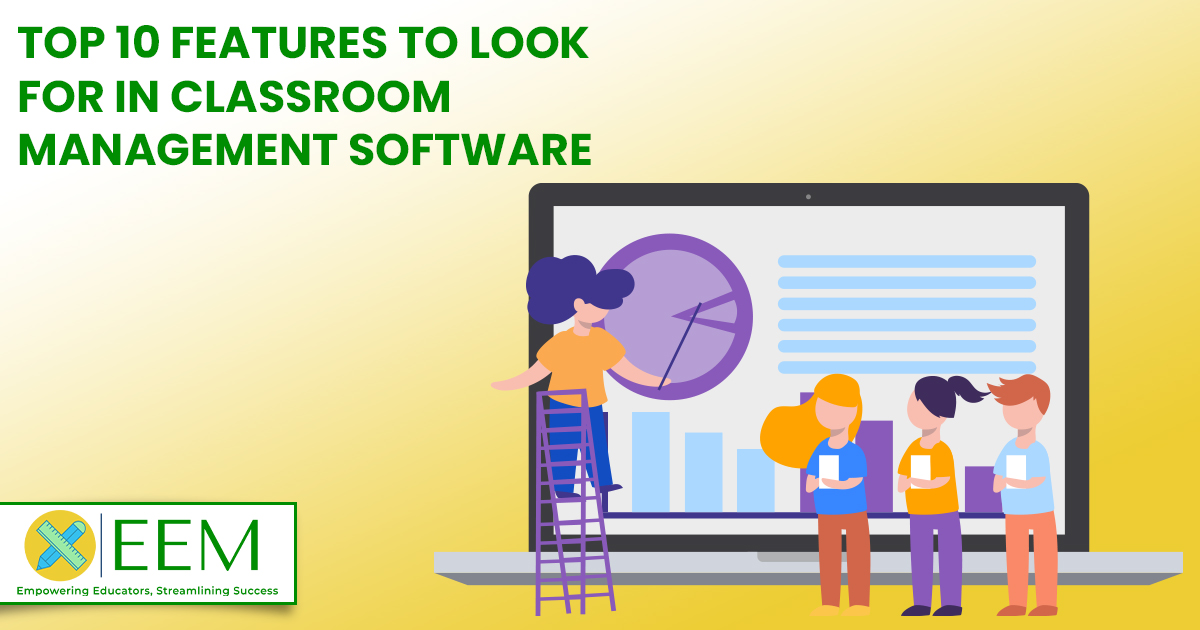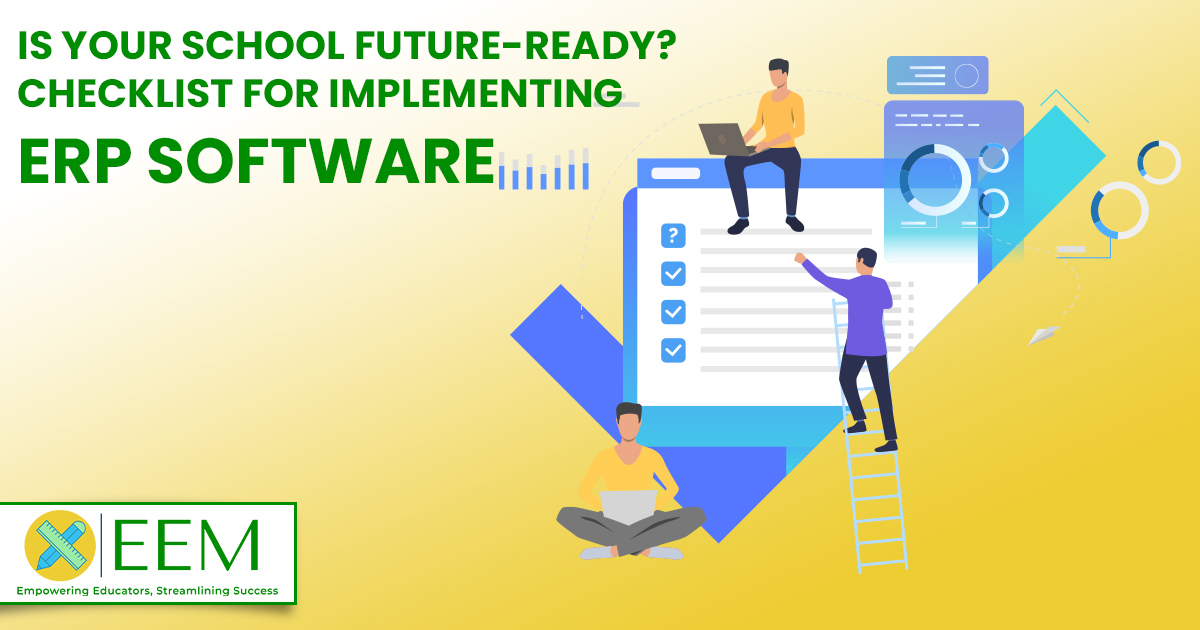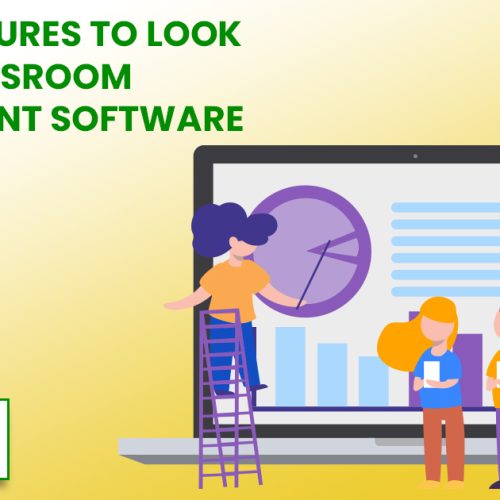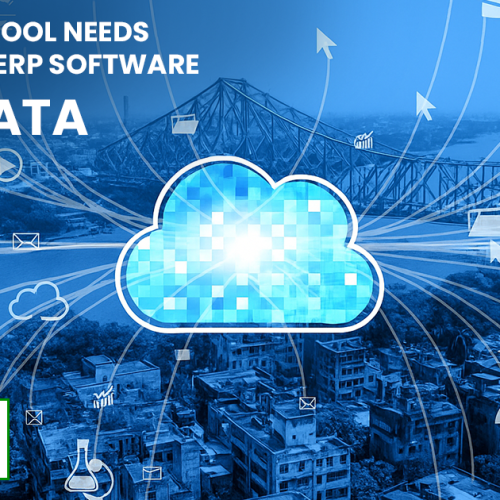In the ever-evolving landscape of education, data-driven decision making has emerged as a powerful tool for enhancing student outcomes, improving operational efficiency, and driving overall school improvement. With the advent of advanced technology, particularly school management software, educators now have access to vast amounts of data that can be leveraged to make informed decisions at every level of school administration. Let’s delve into how school management software facilitates data-driven decision making in education.
Centralized Data Repository
One of the primary advantages of using school management software is the centralization of data. All critical information related to students, staff, finances, academic performance, and administrative operations is stored in a single, unified database. This centralized repository eliminates data silos and ensures that all stakeholders have access to the same accurate and up-to-date information.
Benefits:
- Data Consistency: Centralized data ensures consistency across different departments and functions.
- Accessibility: Authorized users can access relevant data anytime, anywhere, through secure login credentials.
- Real-Time Updates: Any updates or changes made to the data are reflected in real-time, ensuring that decisions are based on the most current information available.
Comprehensive Analytics and Reporting
School management software comes equipped with robust analytics and reporting tools that enable administrators to gain valuable insights from the data. These tools allow for the analysis of various metrics and key performance indicators (KPIs), providing administrators with a deeper understanding of trends, patterns, and areas for improvement.
Features:
- Customizable Dashboards: Administrators can create personalized dashboards with relevant metrics and KPIs for easy monitoring.
- Advanced Analytics: Tools for advanced statistical analysis, data visualization, and predictive modeling.
- Comprehensive Reports: Generation of detailed reports on student performance, attendance, financial health, and more.
Benefits:
- Informed Decision Making: Data-driven insights enable administrators to make informed decisions based on evidence rather than intuition or anecdotal evidence.
- Identifying Trends: Analysis of data helps in identifying trends, patterns, and correlations that may not be apparent at first glance.
- Monitoring Progress: Administrators can track the progress of initiatives and interventions over time, adjusting strategies as needed based on data-driven insights.
Student Performance Tracking and Intervention
School management software allows educators to track and monitor student performance in real time, enabling early intervention and personalized support for students who may be struggling academically or behaviorally. By analyzing student performance data, educators can identify at-risk students, implement targeted interventions, and monitor their progress over time.
Features:
- Gradebook Management: Tools for recording and tracking student grades, assignments, and assessments.
- Individual Student Profiles: Comprehensive profiles for each student, including academic records, attendance history, and behavior incidents.
- Early Warning Systems: Alerts and notifications for students who are falling behind academically or exhibiting concerning behaviors.
Benefits:
- Early Intervention: Identifying at-risk students early allows educators to intervene promptly and provide the necessary support to help them succeed.
- Personalized Learning: Data-driven insights enable educators to personalize instruction and learning experiences based on each student’s unique needs and abilities.
- Improved Outcomes: By addressing academic and behavioral challenges proactively, schools can improve student outcomes and reduce dropout rates.
Resource Allocation and Budget Planning
School management software provides administrators with valuable insights into resource allocation and budget planning. By analyzing financial data and expenditure patterns, administrators can optimize resource allocation, identify areas of inefficiency, and make informed decisions about budget priorities.
Features:
- Financial Management Tools: Tools for budget creation, expense tracking, and financial reporting.
- Resource Utilization Analysis: Analysis of resource usage and allocation across different departments and functions.
- Cost-Benefit Analysis: Evaluation of the cost-effectiveness of various programs, initiatives, and investments.
Benefits:
- Optimized Resource Allocation: Data-driven insights enable administrators to allocate resources more effectively, ensuring that funds are allocated where they are needed most.
- Budget Transparency: Transparent financial reporting provides stakeholders with visibility into how school funds are being used, fostering trust and accountability.
- Strategic Planning: Informed decision-making about budget priorities and resource allocation supports long-term strategic planning and organizational sustainability.
Conclusion
School management software has transformed the way educational institutions collect, analyze, and leverage data to inform decision-making. By centralizing data, providing comprehensive analytics and reporting tools, and enabling proactive interventions, school management software empowers educators and administrators to make evidence-based decisions that drive student success, improve operational efficiency, and support organizational growth. Embrace the power of data-driven decision-making in education with school management software and unlock the full potential of your school community.









